Club crests - symbols of cohesion
EmbroideryManufactory the blog
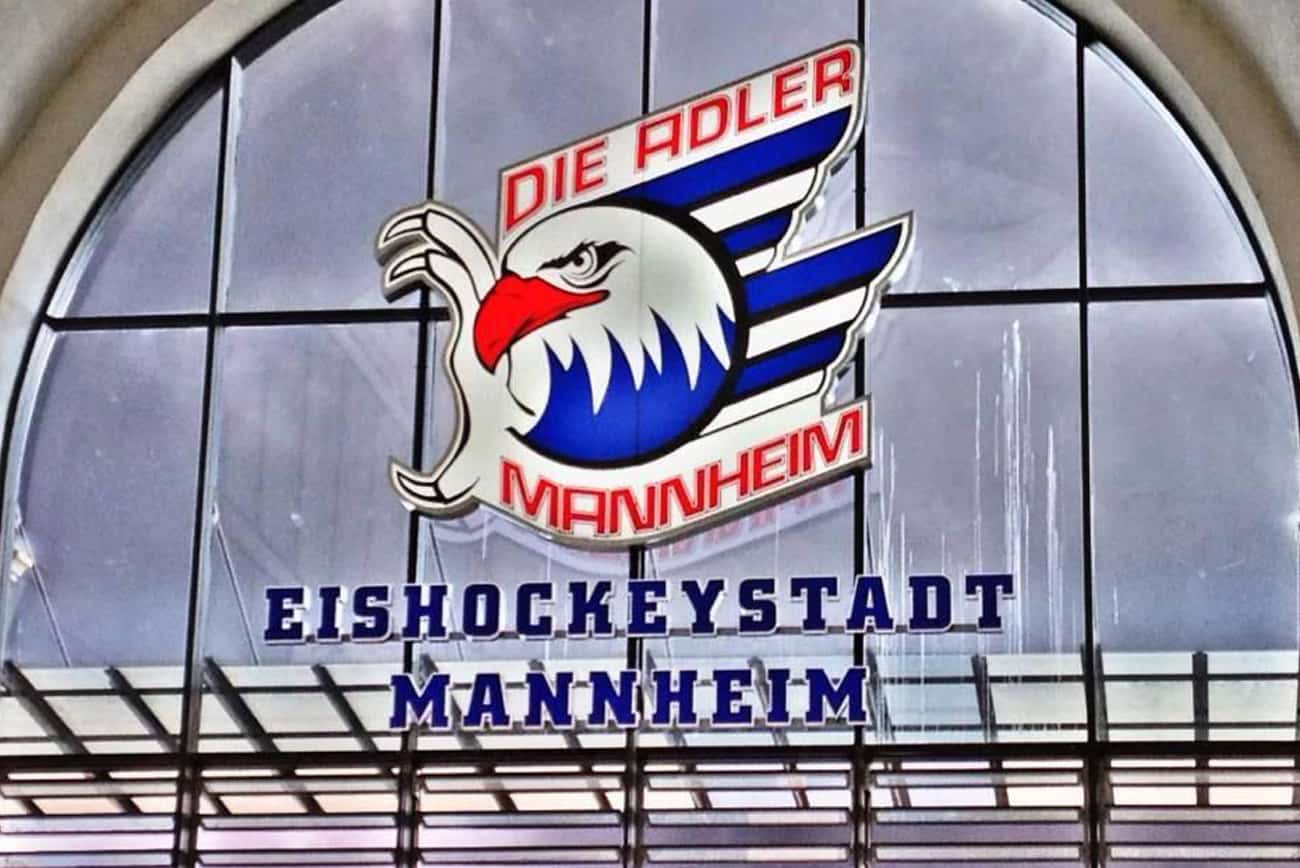
Beautifully drawn coats of arms adorn sports arenas, stadiums and jerseys. Some have survived to the present day. This is also where the story of many a great love begins, passed down from father to son and daughter. Whole families are closely linked to their football club. In many allotment garden clubs, the grandfather was already swinging the spade and the beer glass at the weekend. And so it has remained to this day, and even the themes are often the same. The coat of arms as a sign of belonging is cherished and adorns embroidered or printed jerseys and T-shirts.
A brief historical classification
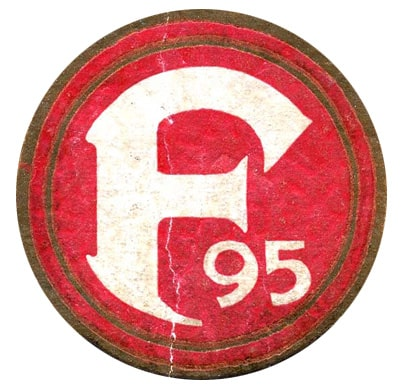
Association coats of arms have a long tradition. They are derived from the old coats of arms of nobility and burghers and were already a sign of demarcation and emancipation in ancient times. The first associations with coats of arms beyond those of the nobility seem to have existed among clergymen in England in the early 15th century. Brotherhoods, building guilds and guilds with their own coats of arms developed as early as in the
Middle Ages. The first associations came into being around 1900. Many association histories begin in this period. Savings, gardening, educational and sports clubs can often trace their roots back to the beginning of the 20th century.
Shooting clubs are among the oldest sports clubs in Germany. Their beginnings can be traced back to the early 19th century. War veterans organised themselves in them. The focus here was on supporting comrades, war widows and families, as well as caring for the graves of the fallen. Memories were to be preserved and the community of former soldiers promoted.
The gymnastics movement and its clubs can be traced back to Friedrich Ludwig Jahn. Around 1810, he secretly founded the German Confederation in Berlin. The aim was physical training and spiritual unification to fight against Napoleonic foreign rule. Jahn himself came from a student union and incorporated ideas from this type of association into the German Confederation.
At the end of the 19th century, football made its way into Germany and only very slowly caught on among young people. It was the academically educated classes and white-collar workers who formed football clubs. One of the oldest associations is the football club Alemannia from Aachen, which was founded in 1900. With the increasing importance of football, a broad fan culture also developed, for whom the logo of their club became a sign of recognition. By wearing the colours, people identified with their team and at the same time distinguished themselves from others.
Shooting clubs are among the oldest sports clubs in Germany. Their beginnings can be traced back to the early 19th century. War veterans organised themselves in them. The focus here was on supporting comrades, war widows and families, as well as caring for the graves of the fallen. Memories were to be preserved and the community of former soldiers promoted.
The gymnastics movement and its clubs can be traced back to Friedrich Ludwig Jahn. Around 1810, he secretly founded the German Confederation in Berlin. The aim was physical training and spiritual unification to fight against Napoleonic foreign rule. Jahn himself came from a student union and incorporated ideas from this type of association into the German Confederation.
At the end of the 19th century, football made its way into Germany and only very slowly caught on among young people. It was the academically educated classes and white-collar workers who formed football clubs. One of the oldest associations is the football club Alemannia from Aachen, which was founded in 1900. With the increasing importance of football, a broad fan culture also developed, for whom the logo of their club became a sign of recognition. By wearing the colours, people identified with their team and at the same time distinguished themselves from others.
The coat of arms and its elements
Coats of arms refer either to natural persons, such as the coats of arms of noble and later also bourgeois families, or to corporate bodies, such as the guilds of bakers, bricklayers and butchers. They can also refer to territorial authorities, as in the case of states and countries, or to clubs and associations and to companies.
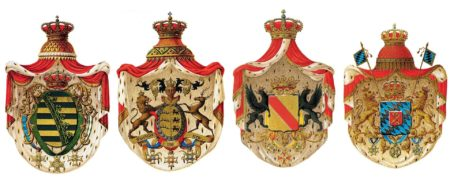
refer to. Ecclesiastical and monarchical coats of arms are personal and office-bound as in the case of ecclesiastical dignitaries. The shield and the upper coat of arms are referred to as full coats of arms. The division goes back to the actual shield of the medieval knight, which was decorated with the signs and colours of his knightly dynasty. The shield form is still found today as the basic form of coats of arms. Today, the upper coat of arms, which includes the helmet, crest and helmet cover and rank crowns, is partly omitted or is only executed in individual parts. The origin of the stylised representation was actually the knight's helmet worn in tournament and battle. Optional elements such as shield holders (often two raised lions), pedestal, coat of arms and motto can be added as so-called splendours.
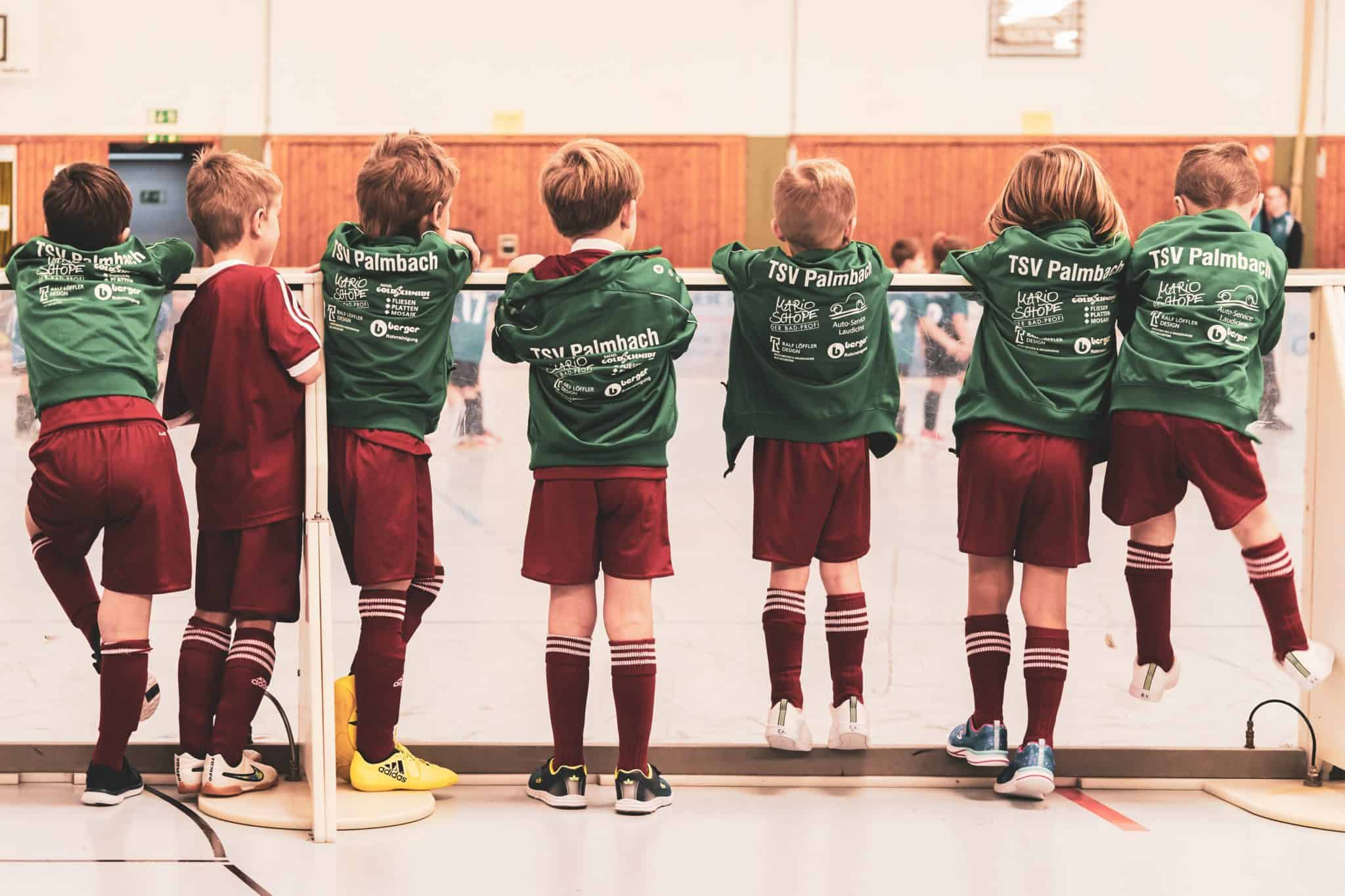
Colours and shapes
The design of coats of arms used to follow strict rules that have dissolved over the years. However, the traces can still be recognised and are observed in the high-quality production and technical implementation of coats of arms.
Four colour tones are mainly used in the colouring of coats of arms:
red, blue, black and green as well as yellow for gold and white for silver. As a rule, the coat of arms is designed in contrasting colours. This ensures the effect over a long distance.
However, the logos are then often reduced to two colours again.
This tinging is retained in embroidered or printed coats of arms. The contrasts are deliberately worked out so that the coat of arms has a long-distance effect.
Four colour tones are mainly used in the colouring of coats of arms:
red, blue, black and green as well as yellow for gold and white for silver. As a rule, the coat of arms is designed in contrasting colours. This ensures the effect over a long distance.
However, the logos are then often reduced to two colours again.
This tinging is retained in embroidered or printed coats of arms. The contrasts are deliberately worked out so that the coat of arms has a long-distance effect.
Then there are the stylisations. Furs used to be an expression of power and wealth. The ermine was considered royal fur. As a sign of power, it also found its way into the design of coats of arms. The coat of arms of Brittany is dominated by stylised ermine feathers, which today appear at first glance only as decorative patterns. Feathers stood for the eagle as the all-dominant king of the skies. They are depicted as lozenges
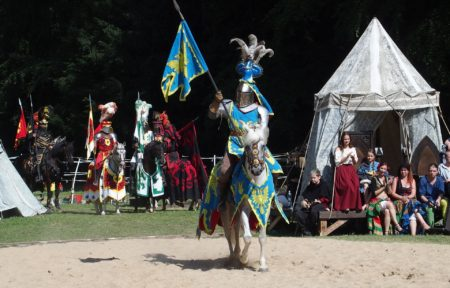
depicted. The best known are the roughened feathers in the Bavarian coat of arms. Hatching is used when depicting coats of arms in black and white. The system of heraldic hatching was developed for this purpose in the 17th century. Vertical lines stood for the colour red, horizontal lines for blue. Today, it is not uncommon to find hatching as a decorative element in colour. This can be seen particularly well in embroidered coats of arms.
If you wonder where the astronomical signs on the coats of arms come from, you should look for relationships to the colours: The sign of the sun often stands for gold or yellow, the moon for silver, Saturn for black, Mars for red, Venus for green and Jupiter for blue.
If you wonder where the astronomical signs on the coats of arms come from, you should look for relationships to the colours: The sign of the sun often stands for gold or yellow, the moon for silver, Saturn for black, Mars for red, Venus for green and Jupiter for blue.
Identity with pride and style

Emblems, coats of arms and badges indicate membership of a group. They are not simply a quickly recognisable sign or fashionable accessory. They are associated with emotions and attitudes. Those who wear the crest of their football club show their attachment to the club. It is his own story, his life, his biography that he shares with his club.
Accordingly, a coat of arms should be executed in high quality. Here the love in and to the detail shows. How precisely the characters are captured, how neatly they are printed or embroidered, has a great influence on the effect. Coats of arms are worn in a particularly exposed position, on the cape, the upper sleeve section, on the chest or in large format on the back.
Here they immediately catch the eye. As with a tattoo, it is quickly visible whether quality has been invested in or saved. Quality is also a top priority at EmbroideryManufactory . Thanks to a variety of choices, you can be sure that not only your jersey, but also the print or embroidery itself, will be of the highest possible quality.
Printed and embroidered crests are made in different ways. Basic fabric, material and finish should harmonize. Coats of arms made with high quality yarns in plastic 3-D embroidery, like the old club flags, will please their bearer for a long time. Here, modern technology and know-how meet tradition and deep attachment. This is where style and innovation come together.
Here they immediately catch the eye. As with a tattoo, it is quickly visible whether quality has been invested in or saved. Quality is also a top priority at EmbroideryManufactory . Thanks to a variety of choices, you can be sure that not only your jersey, but also the print or embroidery itself, will be of the highest possible quality.
Printed and embroidered crests are made in different ways. Basic fabric, material and finish should harmonize. Coats of arms made with high quality yarns in plastic 3-D embroidery, like the old club flags, will please their bearer for a long time. Here, modern technology and know-how meet tradition and deep attachment. This is where style and innovation come together.
The backing material is crucial here. When it comes to a solid base material such as a jacket or cape, high-quality embroidery is recommended. When it comes to a T-shirt, a print makes sense. The background is too soft for embroidery. The embroidery would stand out unattractively and warp unattractively over time. The effect is thus impaired. This should be avoided at all costs when wearing club emblems.
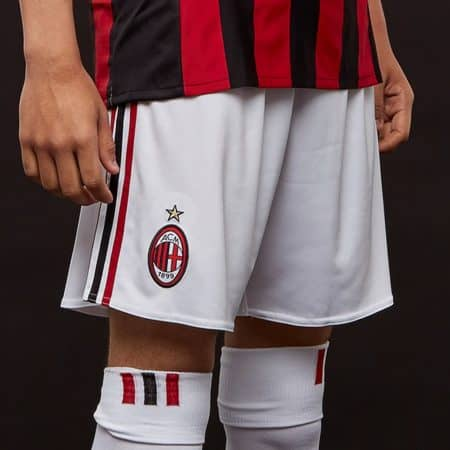
Reproduction of coats of arms in large numbers
High-quality embroidery is expensive. This was already evident in ancient times. Here, it was reserved for special pieces to be executed as precious embroidery. These included banners, the club flag, certain pennants. Other emblems and badges were simply woven or printed as textiles.
With weaving, it is possible to capture the rich detail of a coat of arms exactly. Even smaller lettering can be reproduced exactly. However, the costs are relatively high and only pay off when a certain number of pieces are produced. Printing methods are more precise and less expensive. Today, excellent results are achieved with modern digital printing. Higher quantities can thus be personalised and provided with a coat of arms at low cost. The lettering is sharp, the logo in its details is easily recognisable over long distances. Even after several washes, the T-shirt can be worn.
With screen printing, an even more precise printing technique is available. Here, products of artistic quality are created, where characters and hatchings are captured down to the last detail. Single-colour and multi-colour prints are realised exactly according to the specifications.
Meanwhile, club coats of arms can even be knitted:
With weaving, it is possible to capture the rich detail of a coat of arms exactly. Even smaller lettering can be reproduced exactly. However, the costs are relatively high and only pay off when a certain number of pieces are produced. Printing methods are more precise and less expensive. Today, excellent results are achieved with modern digital printing. Higher quantities can thus be personalised and provided with a coat of arms at low cost. The lettering is sharp, the logo in its details is easily recognisable over long distances. Even after several washes, the T-shirt can be worn.
With screen printing, an even more precise printing technique is available. Here, products of artistic quality are created, where characters and hatchings are captured down to the last detail. Single-colour and multi-colour prints are realised exactly according to the specifications.
Meanwhile, club coats of arms can even be knitted:

Refinement of coats of arms through embroidery
Tradition and innovation determine the modern life of the association. Here, the past is honoured and cultivated; here, history is made every day with the club. Modern technology is used: from social media to merchandising, it's all here.
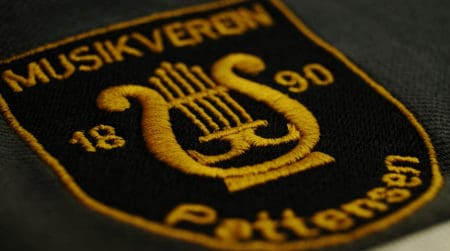
Embroidered coats of arms deliberately hark back to the past. Modern technologies make it possible to precisely translate designs into high-quality, extremely robust form. In the process, the embroideries are worked very firmly into the fibre fabric of the base fabric. This minimises wear and tear. This makes the embroidery durable and easy to maintain. The message is skilfully presented and retains its freshness even after several washes.
Almost all fabrics are suitable as base fabrics for embroidery. The strength of the base fabric additionally secures the embroidery. Very wide-meshed and soft fabrics such as wool are rather unsuitable.
Coats of arms executed in flat embroidery are very close to traditional embroidery. Embroidery in one or two colours is a good way to capture club logos.
Caps are optimised with raised 3-D embroidery. The logo, the individual letters or the coat of arms stand out vividly and are thus brought into focus once again. A clear statement for all club members.
Club crests finished with embroidery have a high material and ideal value. They can complete a private fan outfit or be used in a club itself for special pennants, flags or trophies.
The noble technique of embroidery has been used for precious textiles since the Middle Ages and is still very popular today. In football or chess clubs, motorbike clubs or allotment gardens, people find a home that they can design. Just like the logo of their club: with tradition and awareness of the present.
Almost all fabrics are suitable as base fabrics for embroidery. The strength of the base fabric additionally secures the embroidery. Very wide-meshed and soft fabrics such as wool are rather unsuitable.
Coats of arms executed in flat embroidery are very close to traditional embroidery. Embroidery in one or two colours is a good way to capture club logos.
Caps are optimised with raised 3-D embroidery. The logo, the individual letters or the coat of arms stand out vividly and are thus brought into focus once again. A clear statement for all club members.
Club crests finished with embroidery have a high material and ideal value. They can complete a private fan outfit or be used in a club itself for special pennants, flags or trophies.
The noble technique of embroidery has been used for precious textiles since the Middle Ages and is still very popular today. In football or chess clubs, motorbike clubs or allotment gardens, people find a home that they can design. Just like the logo of their club: with tradition and awareness of the present.